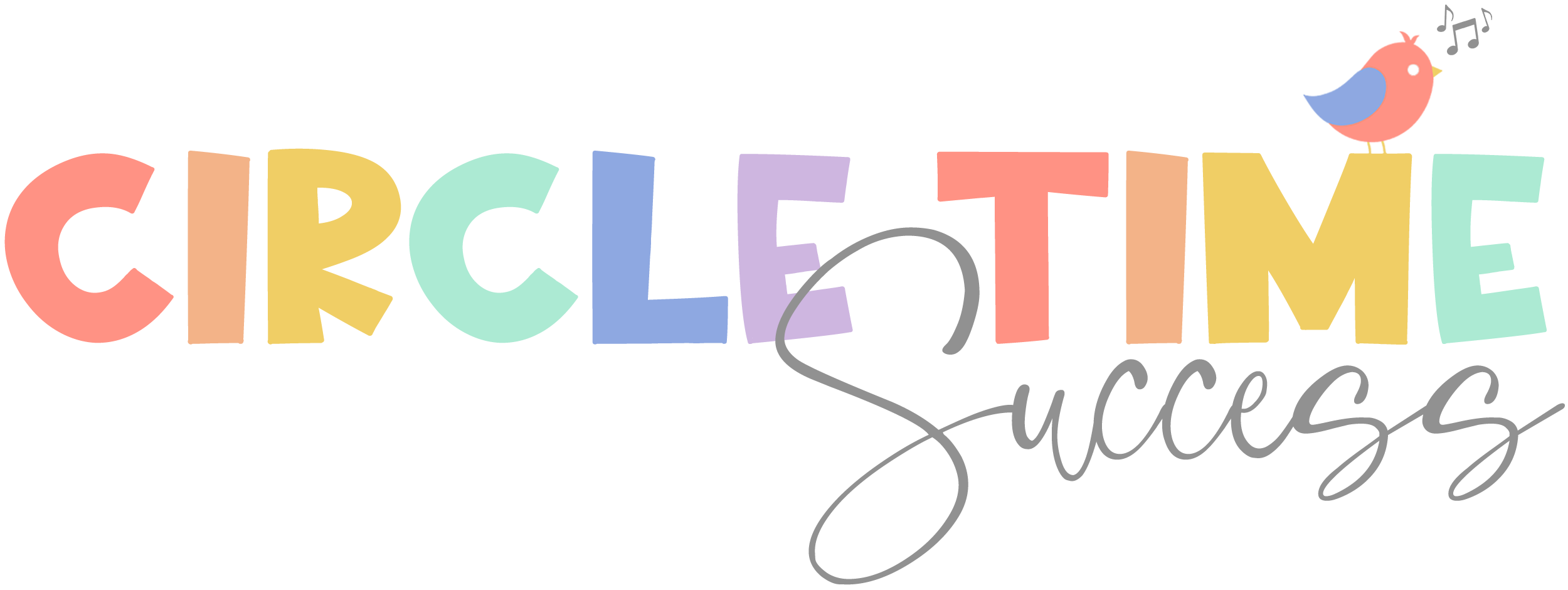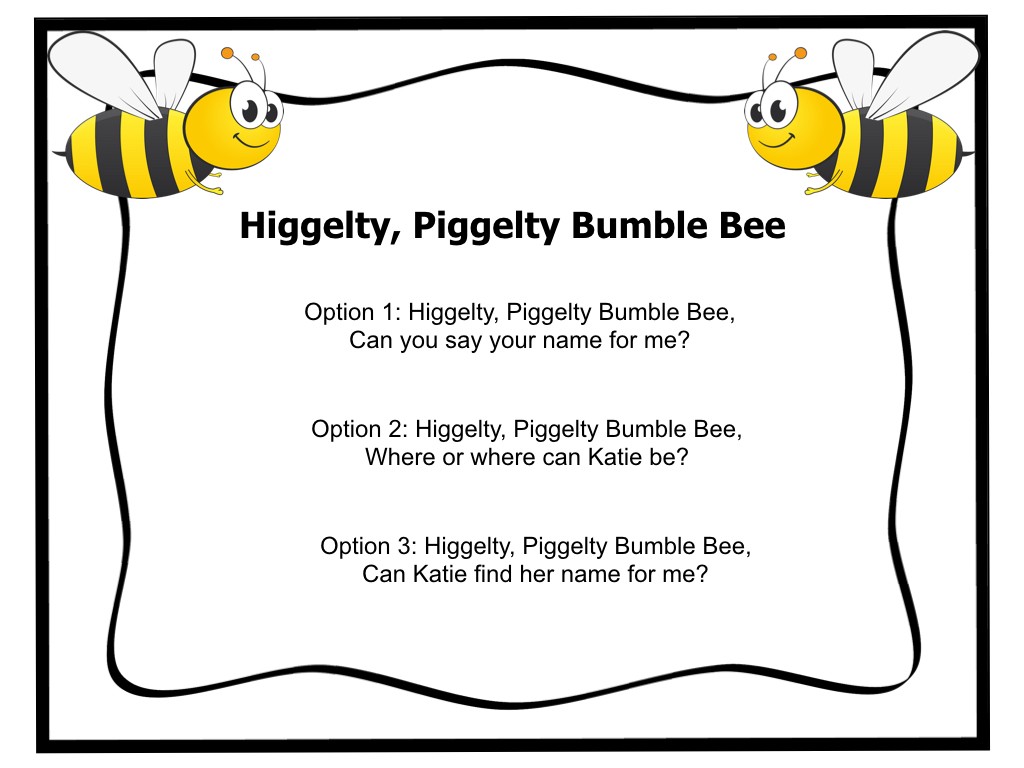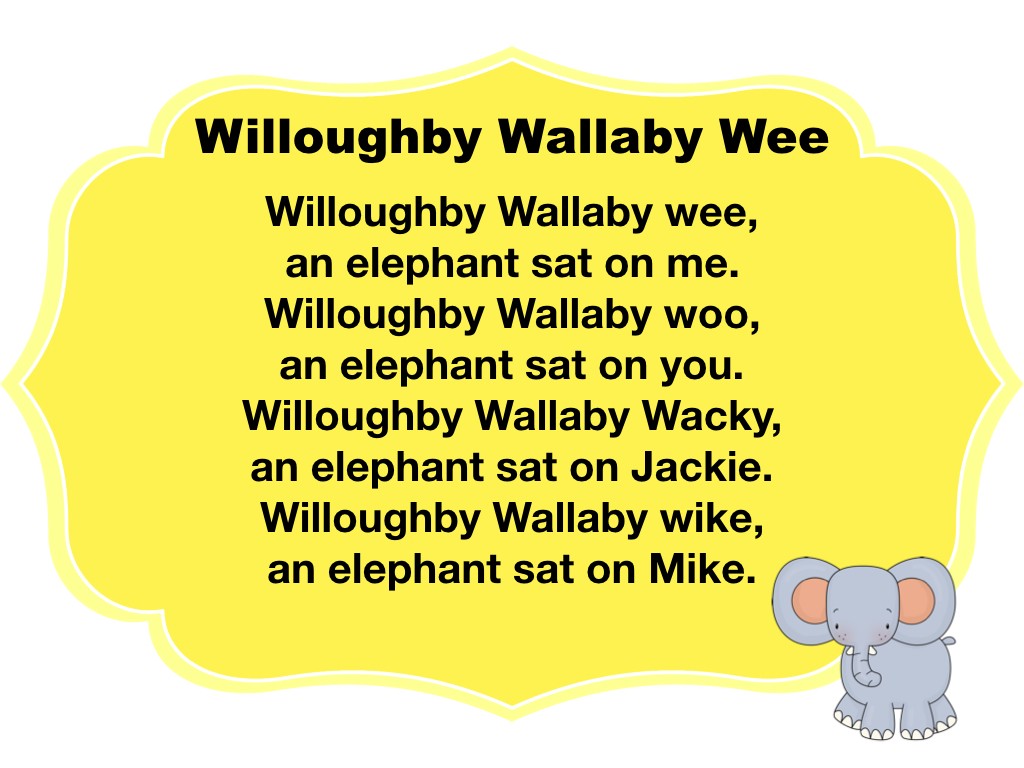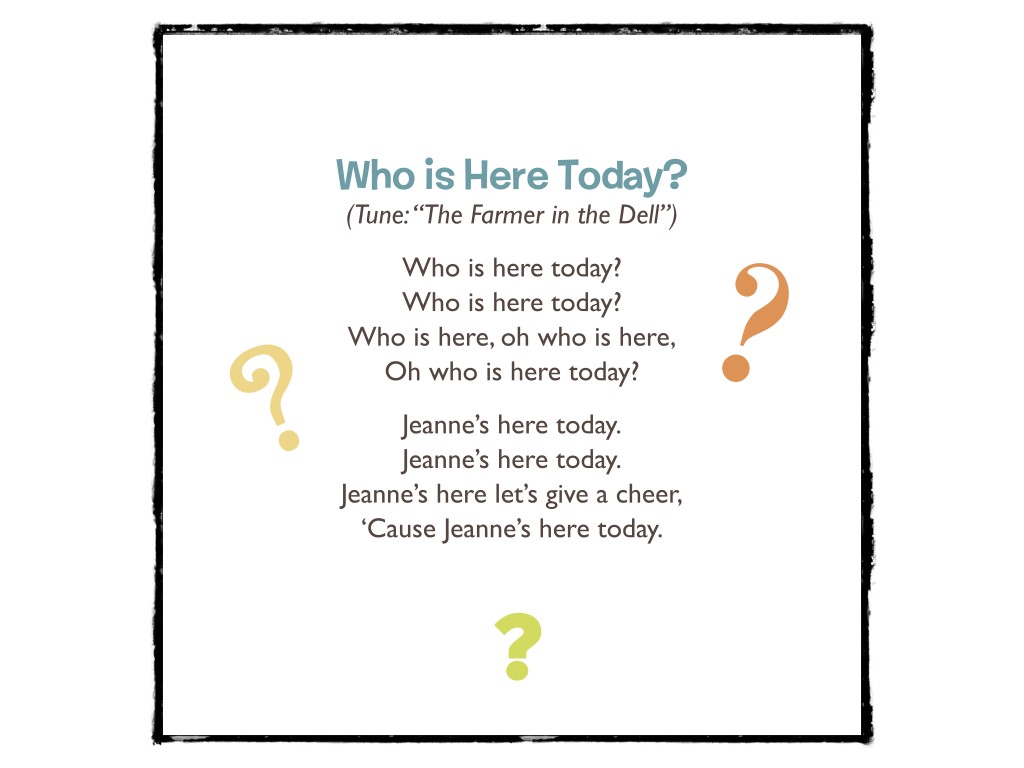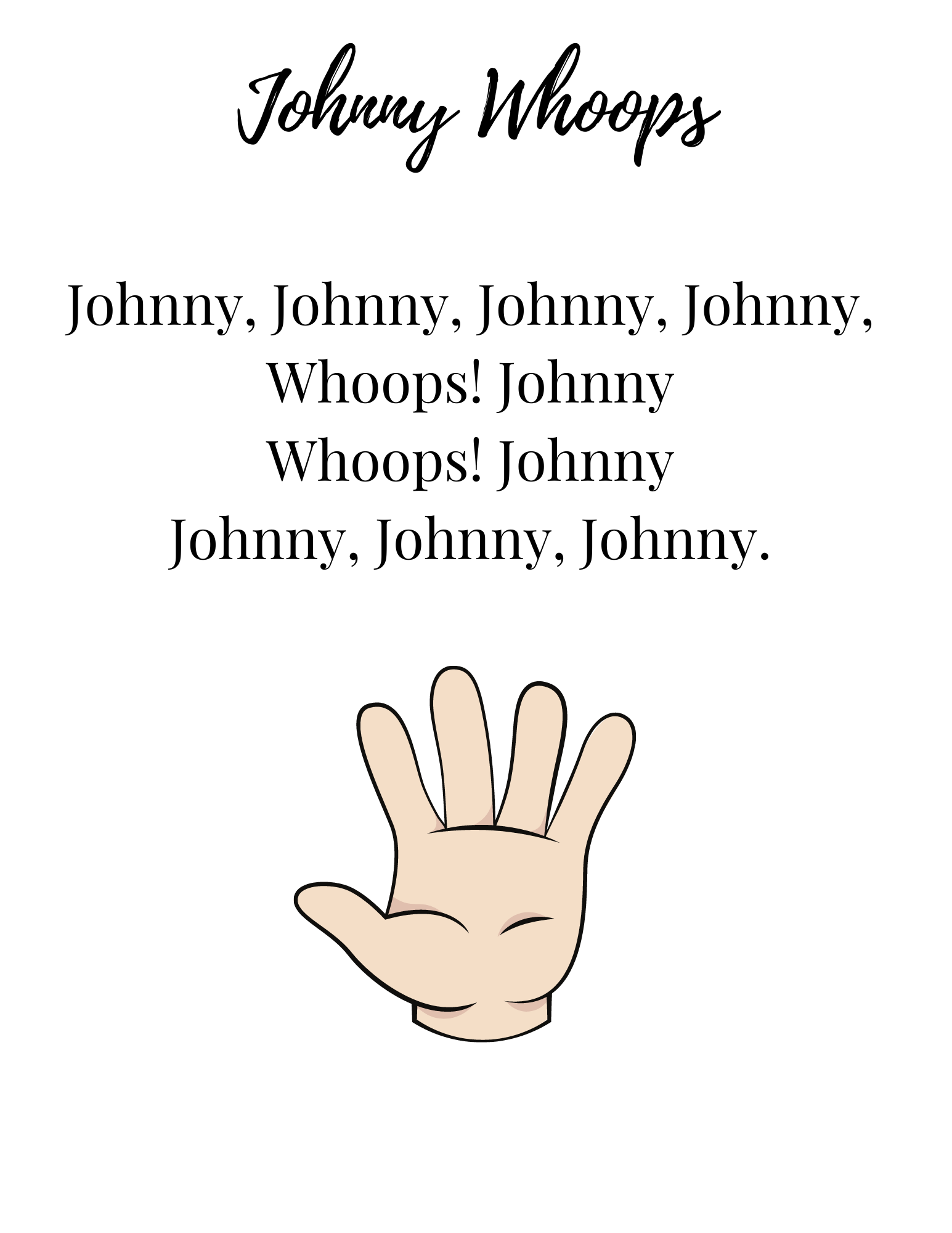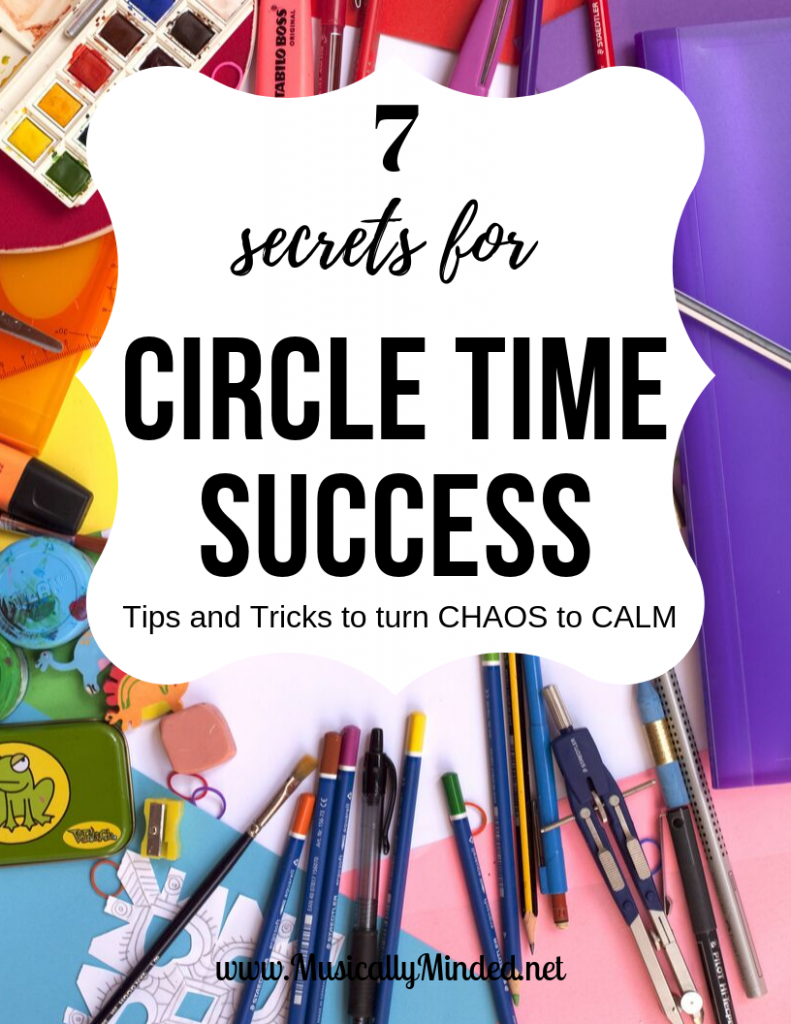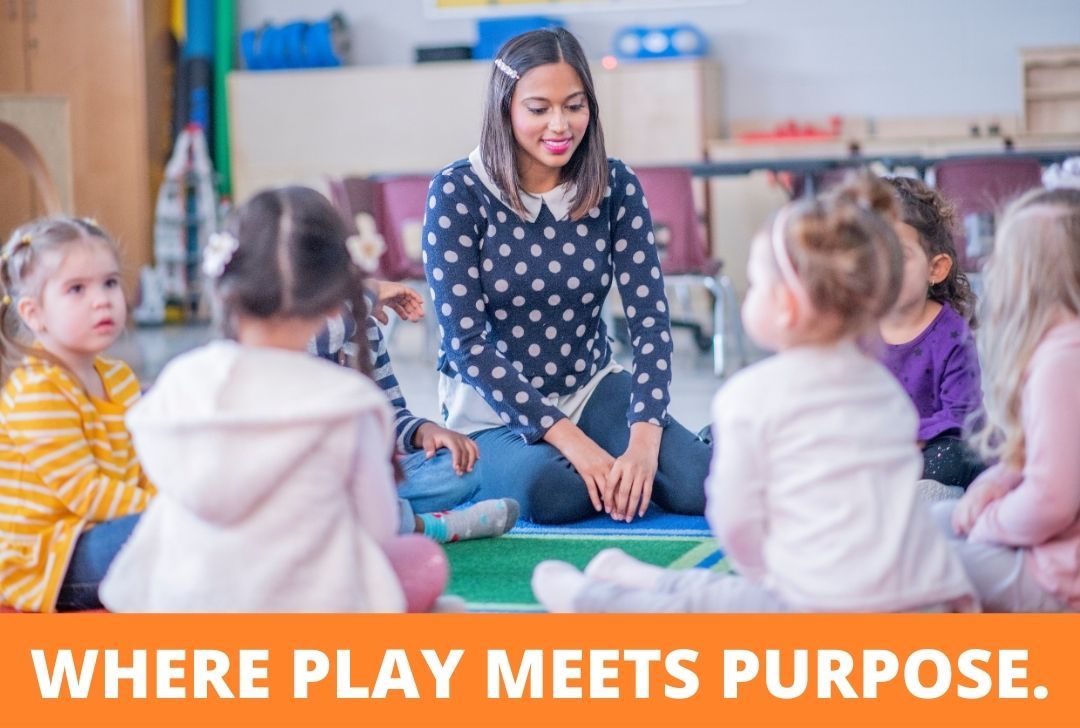10 Ideas to Spice up your Circle Time
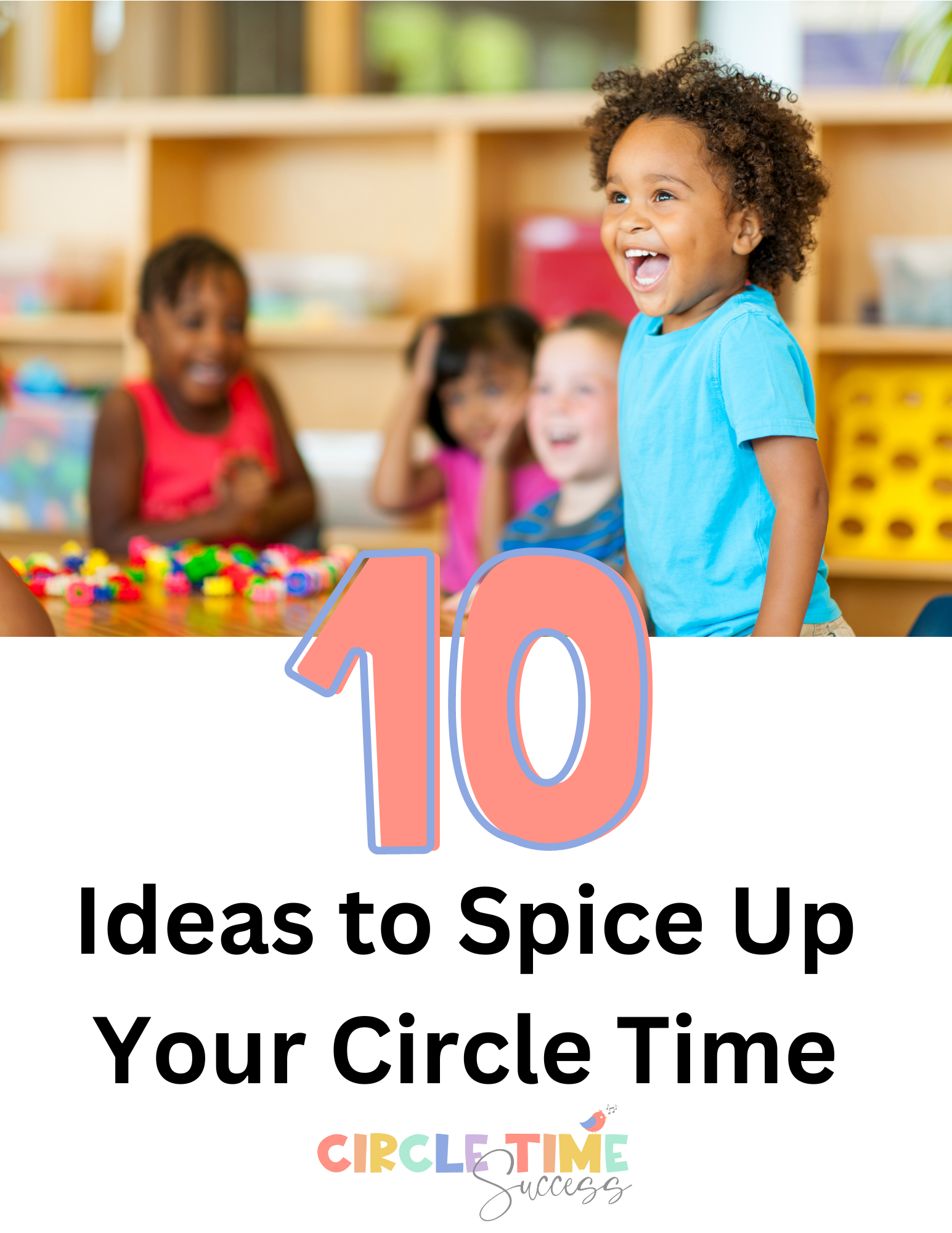
It’s spring time and you know what that means, the end of the school year is just around the corner for many of you.
With that comes a little less ambition to plan.
If I’m right, then I’ve got something for you, 10 ideas to Spice up your Circle Time!
But even if you are reading this list in late October, I bet you’ll still find some inspiration you can take right back to circle time.
1. Guess the instrument
Get that box of mixed instruments out. Choose 3 to play for the class and tell them their names. Then take them out of sight. Say the outer space-themed chant below and then play one instrument at a time in between. Can they guess which instrument was played?
Lyrics:
Astronauts, astronauts are flying all around,
One of them has an instrument, just listen to the sound.
2. Parachute Fun
The parachute doesn’t always get all the love it deserves. Let’s be honest, you haven’t gotten it out all year!
The best part is, kids love it! Try this simple song below and change the word in bold to mix it up!
If you need a little help with how to manage parachute time, check out my blog post 3 Mistakes You Don’t Want to Make with the Parachute.
Lyrics
(Tune: This Is The Way)
This is the way we walk around
Walk around, walk around.
This is the way and then we all sit down.
3. Change The Hello Song
Doing the same hello song at circle time can feel safe, but it can get old fast. Change up the second line of this chant and it will feel like new every time!
Lyrics:
Strawberry shortcake, banana cream pie
If you’re wearing red, jump up high!
variation ideas: If you have a dog, raise your hands high.
4. Shadow Screen Story
Children love readalouds. But storytime doesn’t need to stop at books!
All you will need to tell a story with a shadow screen is, well, a shadow screen, some characters cut out of cardstock with a popsicle stick attached, a story you can retell easily like Goldilocks and the Three Bears and a backlight (phone flashlights work)!
Not sure how to make a shadow screen? Check it out here!
5. Hide The Star
This game is a lot like hot and cold. But instead of saying, “you’re getting hotter” when the person gets close to the object, you sing louder and quieter as they move farther away!
To play, choose one child to hide the star and one child to be the finder. They’ll hide their eyes until it is hidden. Then have the finder enter the room as the group directs them to the object using a song’s volume as the clue. I like using “Twinkle, Twinkle Little Star” because it is a well known tune.
Lyrics
Twinkle, twinkle, little star, how I wonder what you are.
Up above the world so high, like a diamond in the sky.
Twinkle, twinkle, little star, how I wonder what you are.
6. Storytelling Stones
For this storytelling change up, you’ll need a short story such as “Too Much Noise”, small rocks and the characters modge podged onto the rocks. That’s it!
I’ll tell you the story using flannel pieces and that should get your wheels turnin’ on how you can put the characters on stones. Click here for the story.
7. Bubble Time
Blow a bubble and have children count how long it takes for it to pop. Try other objects like feathers, scarves and tissues. Keep a record of how long each object stays in the air. Children will also get an opportunity to play with physics as they determine which one stays in the air the longest. Be sure to ask lots of “why” questions.
8. Memory
Teach children how to play memory by placing numbered cards in a pocket chart. Next, get a set of cards with pairs and mix them up and place behind each number. Have a child select two numbers and see if the card behind them match. If they don’t match, turn them back over and have another child make a guess. Continue the game until all cards have been matched up. Make the game available for children to play with a partner later.
9. Flower Shop
Give each child 5 pennies in a ziplock. Get a bundle of fake flowers at the dollar store. Say the chant below and insert a child’s name. Then tell them how many pennies to pay. Get ready for them to want to play flower shop for at least a week after this!
Lyrics:
So many flowers in the flower shop,
So many flowers to be bought.
Along came Ethan/Emily with a penny to pay (or “some money” if you don’t have pennies),
He/she took one (change number each time) flower then he/she ran away.
10. Make Slow Cooker Playdough
Cooking is not only fun and memorable, it is a great STEM activity. Using a slow cooker means the children can help you make it in the classroom, then watch it cook. Grab the recipe here.
